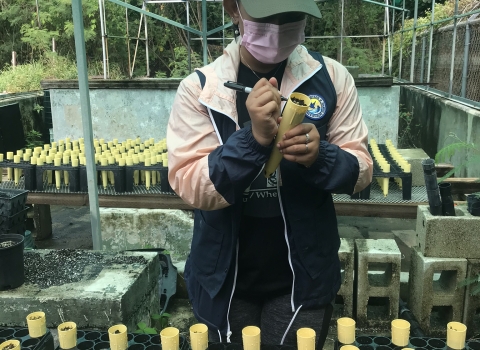Waterfowl hunters spent $900 million on a variety of goods and services from food, transportation, guns and decoys to hunting dogs, clothing and other incidental expenses in 2006, according to a new report issued by the U.S. Fish and Wildlife Service. These trip and equipment-related expenditures generated more than $2.3 billion in total economic output for 2006, which resulted in $157 million in federal and state tax revenues, supported more than 27,000 jobs, and generated more than $8.5 million in employment income.
“The financial support provided to conservation, and the economy as a whole, is significant,” said Rowan Gould, acting Director of the Service. “Waterfowlers, like many other sportsmen, have a proven track record in their contributions to the U.S. economy, and that’s certainly something to take comfort in during these tough economic times.”
The report, The Economic Impact of Waterfowl Hunting in the United States, is an addendum to the 2006 National Survey of Fishing, Hunting, and Wildlife-Associated Recreation. The report shows more than 1.3 million people, 16 years of age and older, hunted waterfowl in 2006. Waterfowl hunters represented 10 percent of all hunters, 7 percent of all hunting trip-related expenditures, and 6 percent of all equipment expenditures.
According to the report, waterfowl hunters tend to be younger, have higher educational achievements, and are more affluent compared to all hunters. The majority (74 percent) of waterfowl hunters live in the South and the Midwest.
“The Service plays a key role providing outdoor recreation opportunities such as hunting,” said Gould. “And hunters are critical partners – in part through their purchase of Federal Duck Stamps and a tax a firearms and ammunition that supports habitat conservation – for our efforts to conserve wildlife and wetlands for future generations.”
The National Survey, conducted every five years, since 1955, is one of the nations most definitive sources of information concerning wildlife-dependant recreation. The U.S. Census Bureau conducted the survey in two phases. First, a screening interview identified wildlife-related recreationists. The second phase consisted of multiple interviews to collect detailed information on participation and expenditures for U.S. residents 16 years of age and older.
The waterfowl hunting report in addition to the detailed National Survey report, state reports, and other addenda can be downloaded at: http://wsfrprograms.fws.gov/Subpages/NationalSurvey/reports2006.html

